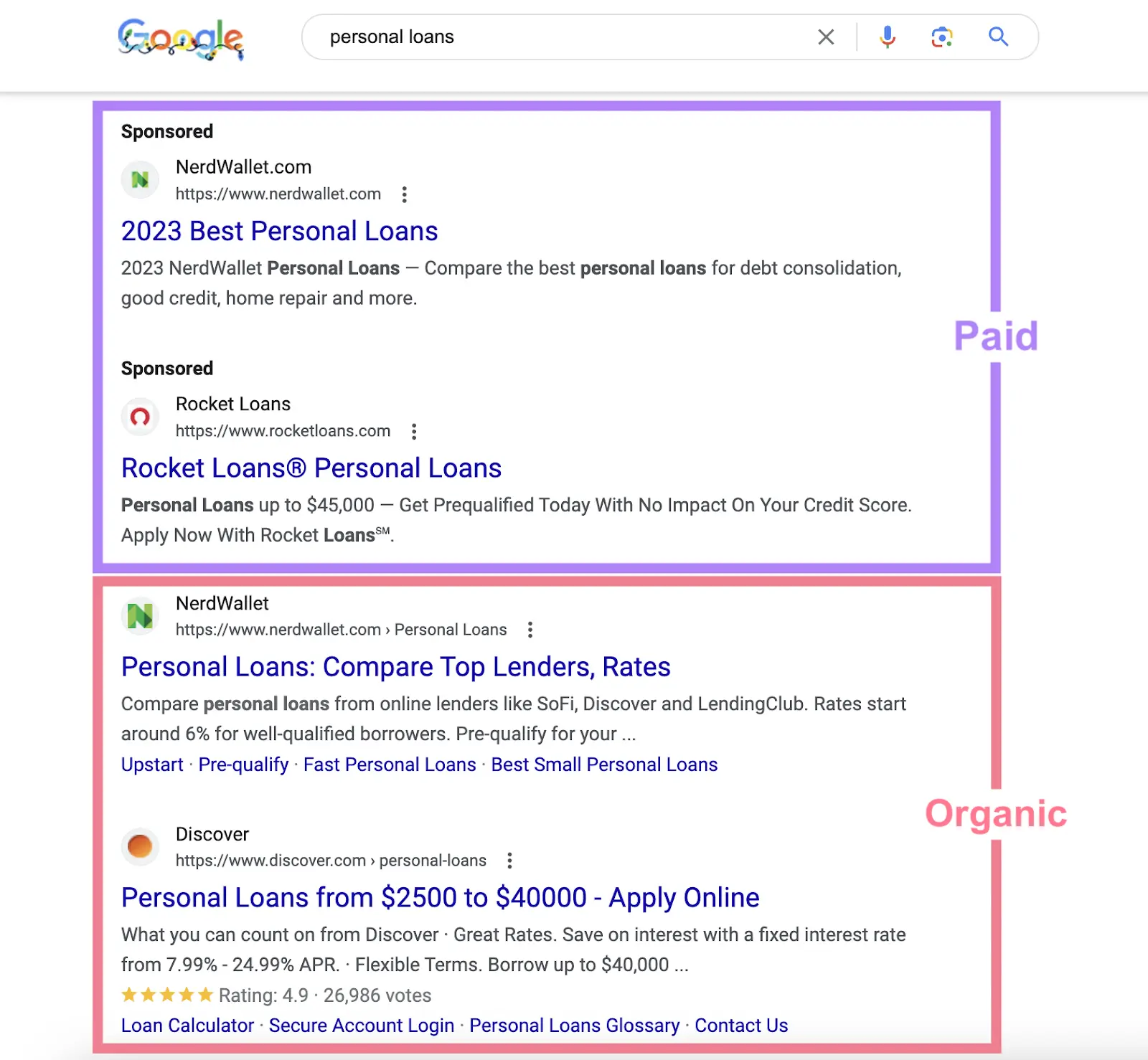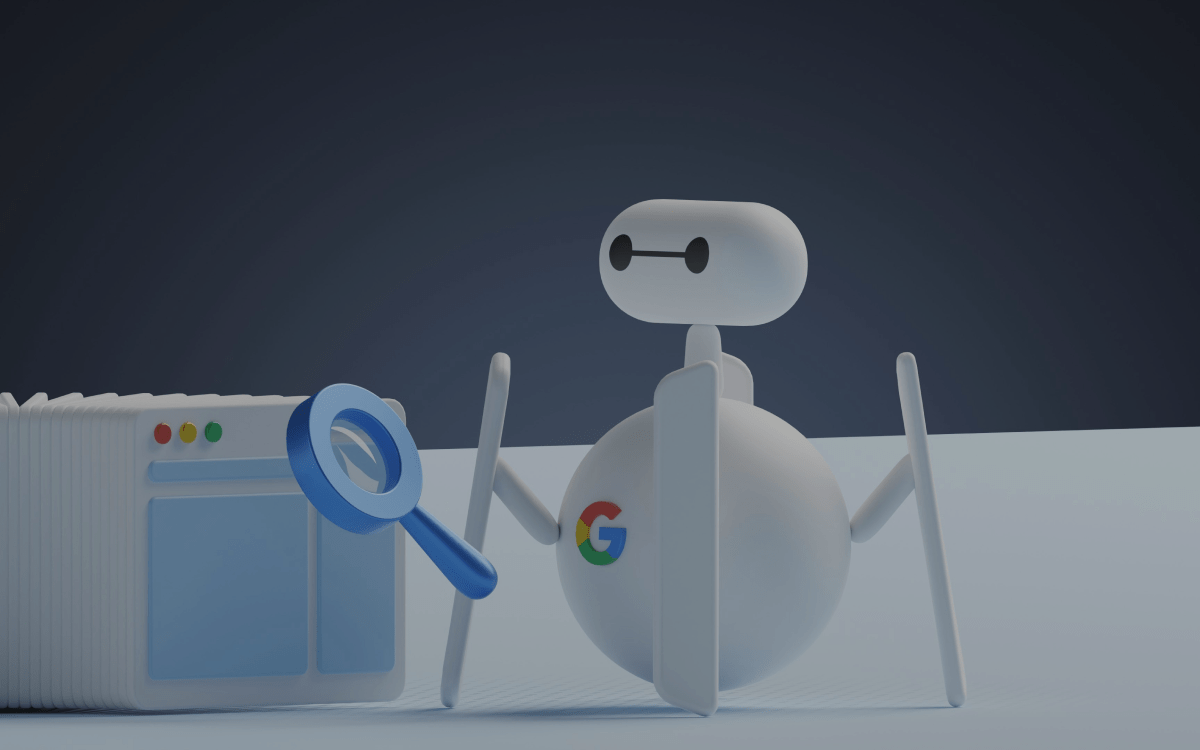
Google is leading the dynamic world of digital advertising, constantly changing and shaping the way advertisers connect with audiences. Google is the largest and most prominent search engine, and a huge source of advertising revenue for businesses. As of January 2024, Google has 91.47% of market share for search engines and Google estimates that businesses make an average of $8 for every $1 spend on advertising. Therefore, it is critical that advertisers stay informed on the latest changes to the platform and how to address them.
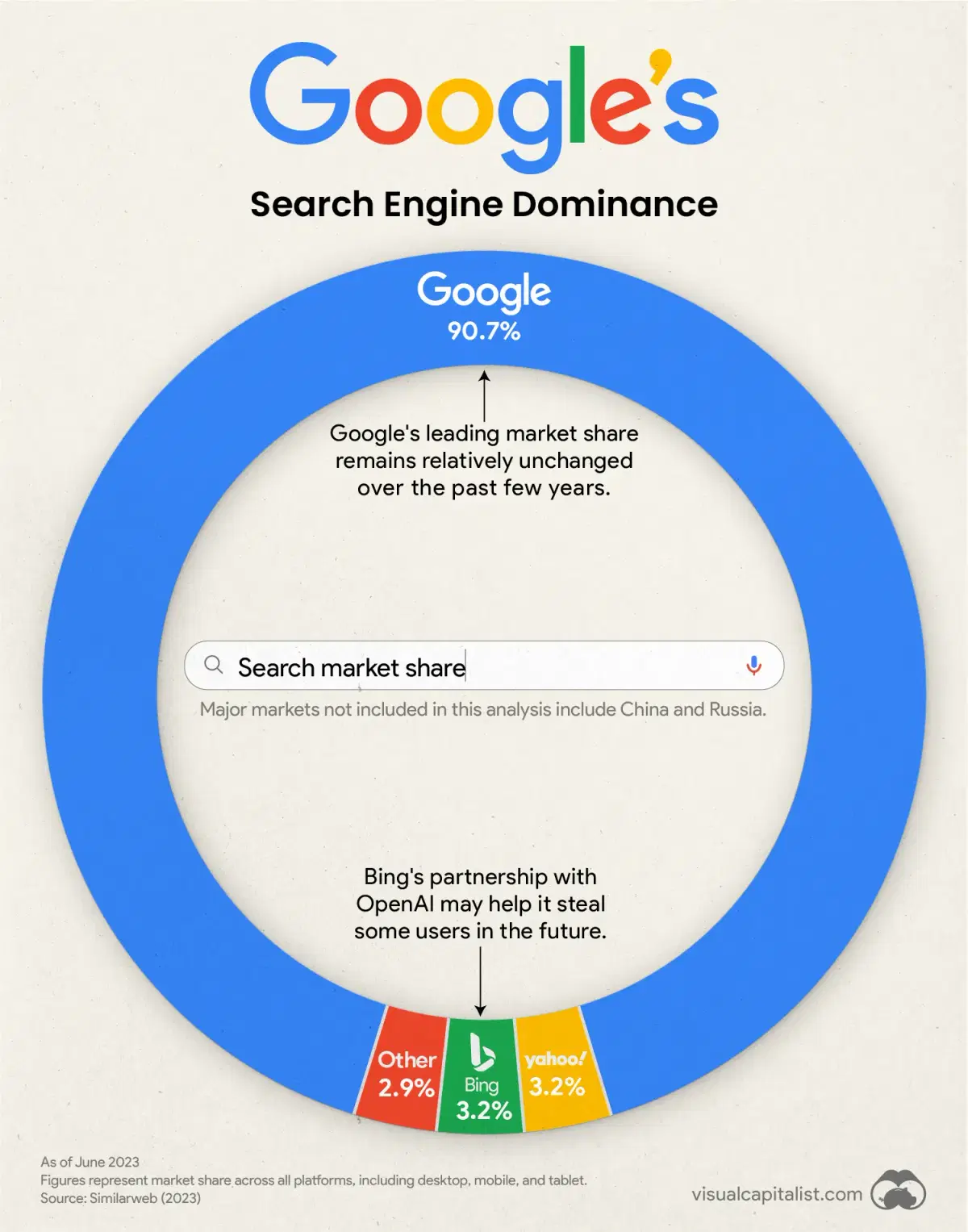
4 Trends We Found in Search
1. AI Search Increases Prominence of Organic Search
Google launched it’s new “AI overview” feature earlier this year. This feature uses artificial intelligence to respond to search queries in an organized paragraph at the top of the page. Soon after launching this, people started to notice strange and incorrect information in these AI summaries. This AI tools was prone to taking content from non-factual sites and sarcastic forums and spitting it out as facts. For example, several users reported that AI summary said former President Obama is a Muslim, which is a common debunked conspiracy.
Google responded to these complaints by scaling back on the use of these responses and adding restrictions for news topics where factuality is most important. After these changes, AI overview is only showing for 7-9% of searches, down from 17% in May. These responses are most present in home warranty, technology, and social media industries. Local keywords don’t trigger AI overviews, which is helpful to know when crafting keywords to try and avoid triggering AI.
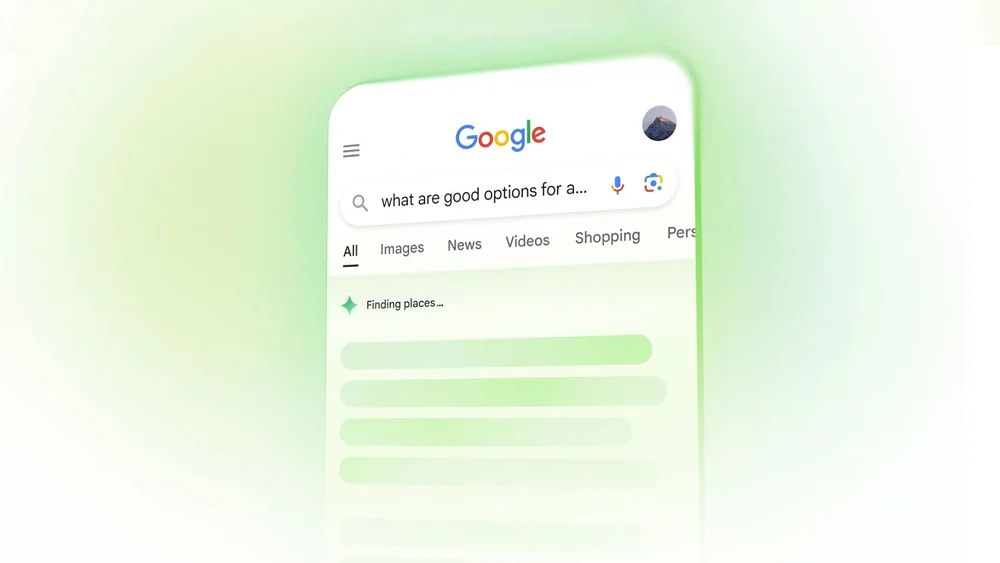
While google may have fixed the issue with presenting false information, these AI overviews are taking away business from smaller websites. For example, when asked for tips about using the Claude chatbot, the paragraph in the AI overview directly pulled from the website Wired’s article. While it linked the original article as a footnote at the bottom of the overview, it pulled that information into their summary, therefore removing the incentive to click on the article.
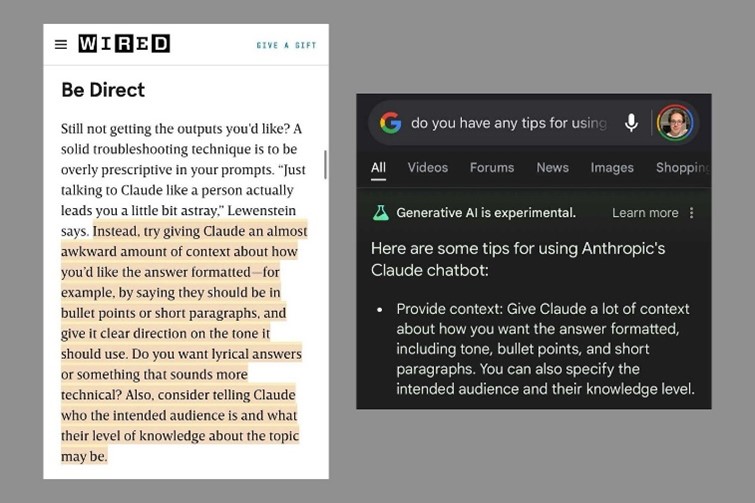
According to the author, before the introduction of Google’s AI summary, the article was often the featured snippet at the top of the Google search results, and they received many clicks from this. However, after AI, the featured snippet is pushed below the AI overview, taking readers away from this writer. When looking for a quick answer, users are typically disincentivized to click through source material when the answer is provided in an organized manner at the top of the page.
In a ZipTie analysis of 1,675 search queries, there was a strong correlation of .917 between sites in the top 10 organic results and those cited in AI overviews. However, there was a negative correlated of -.61 between cited URLs and traffic change, meaning there were fewer clicks to sites in the AI overview. When cited in an AI overview, a site received an average of 8.9% fewer clicks.
AI algorithms are also better at matching user intent and context with organic search results, increasing the prominence of organic search results. But because less clicks are coming from these users, advertisers should increase their focus on upper-funnel ads. This means making efforts to build brand awareness so that when AI serves sites to people, they will choose the brand they are familiar with so investing in brand awareness is very important.
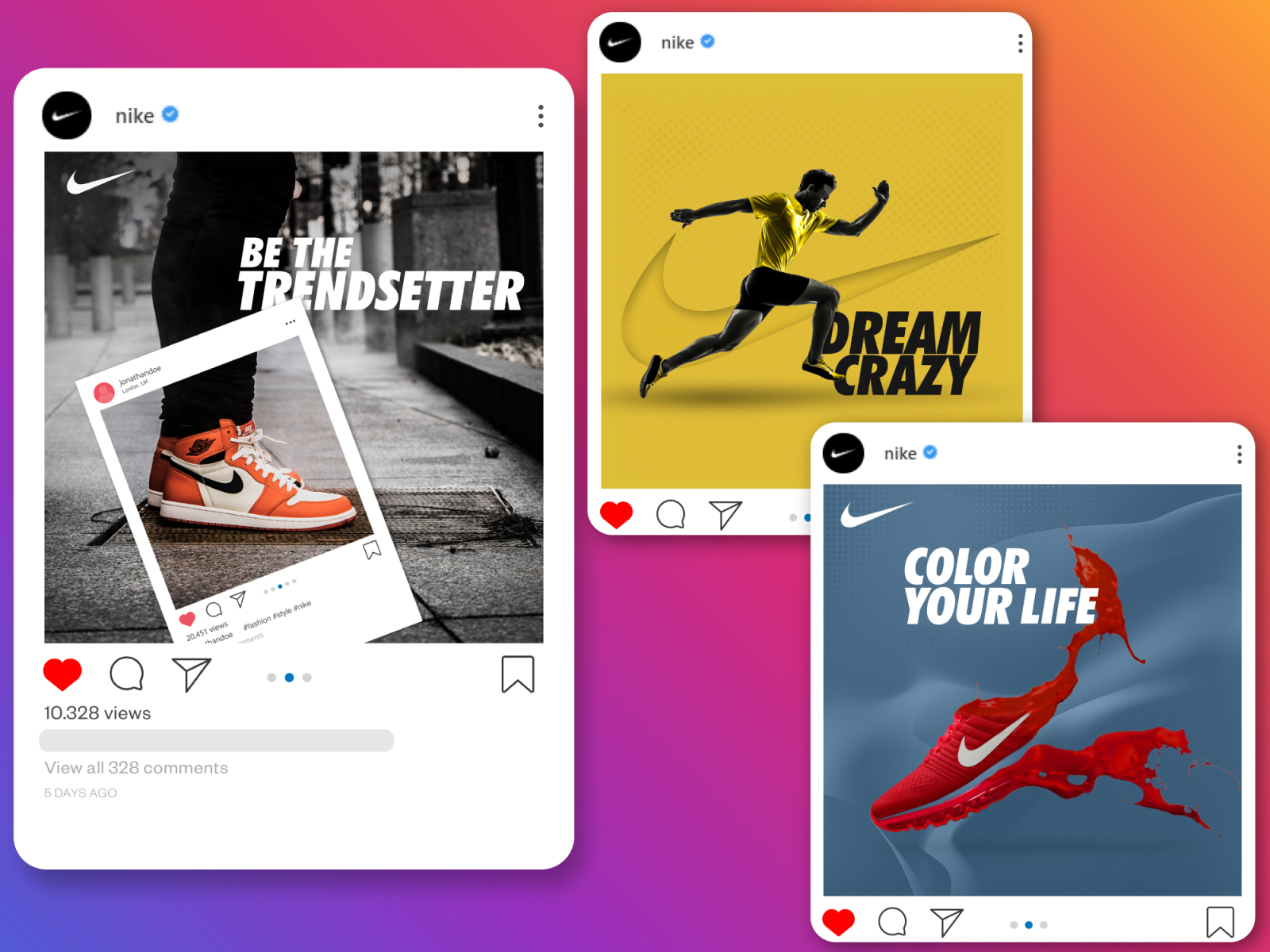
Nike is an example of a company that builds strong brand awareness through social media
A great way to build brand awareness is through social media. Making content that showcases the benefits and differentiations of their product or service, or partnering with influencers users connect with will help users distinguish your brand as one they can trust. Additionally, diversifying your ads beyond Google can help avoid issues that come with reliance on only search engine traffic.
AI-powered search will also be more selective about which ads to display as it gets smarter at understanding user intent. Ensuring that your ads are specifically tailored to your audience’s niche is important for making sure Google believes your ads are relevant to the user.
2. Increase in Spending for Paid Advertising
The future of Google is changing the dynamic between paid and organic search. Because AI is making search more efficient and reducing clicks to websites, advertisers may have to pay more to receive the same visibility or compete to be in the top spot.
Because AI is providing detailed results to consumers, less individual searches are needed to answer questions, meaning less ad exposure. Gartner predicts that overall search engine use will decrease by 25% by 2026 because of AI. Because of this, competition to be in those searches, especially at the top result, will become fiercer. Google AI prioritizing and optimizing organic search results will also make it harder for the paid ads to stand out like they did before.
So, if your company doesn’t have the budget to expand your paid search campaigns, consider investing in SEO for organic search, or building brand awareness like I touched on earlier. Organic search is how 80% of shoppers and 71% of business buyers research their purchase, so it is still a great way to gain customers.
3. Google Pushing for Broad Match
There has been a significant shift in Google search towards broader match types, including broad match and phrase match. Google claims that broad match helps ads reach a wider audience without an extensive keyword list and is why it has become the default match type for Google Ads. In addition to broad match, Google has also expanded responsive search ads, auto-apply recommendations, smart bidding, and performance max campaigns.
While broad match can significantly increase impressions, it draws in impressions that don’t match your target group, bringing down your click-through rate. In an analysis of 2,637 accounts by Optmyzer, 56.55% of accounts had a lower cost per click with exact match, and 86.65% of accounts had a higher performing click-through rate with exact match. Exact also often results in higher conversion rates compared to broad match, with 56.73% of accounts in this study receiving higher conversions rates with exact match. However, there are steps you can take while using broad match to ensure you get the most out of it and maintain control of your ads.
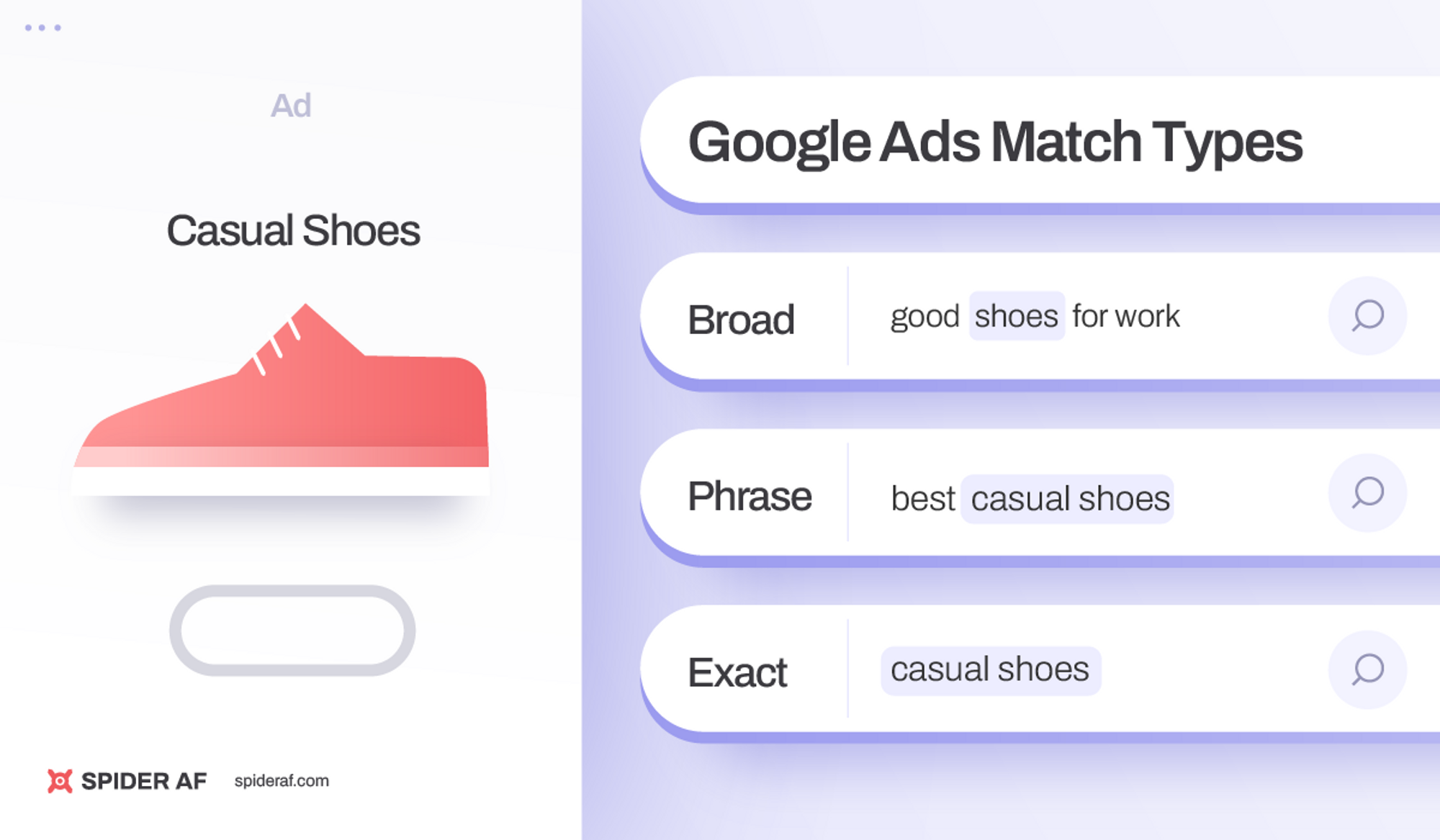
What to do about these changes?
First, avoid using single-word keywords in broad match that can be taken out of context. Instead, try to have the keywords set to broad a few words long to make sure the right context and intent is applied. Only use single word keywords with broad match if they are related to your brand. Additionally, ensure you have a strong negative keyword strategy. Creating a list of negative keywords at both the account level and the ad group level can help ensure only relevant customers reach your site.
Performance max is also growing. Performance max uses AI automation to build ads in a way which they believe optimizes bids and drives conversions. This may cause problems when Google pulls information from sites unrelated to the campaign, creating headlines are are irrelevant to the URL or description. Additionally, the average click rate for a performance max campaign is 1.19%, below the overall average of 1.66%. If these clicks aren’t even coming from customers specifically interested in what you are offering, this is even worse.
You can stop Google from pulling ad copy from random URLs by going to settings, advanced settings, and “Final URL expansion.” Here, you can either turn off the setting completely, causing the ad to point to a single URL, or you can add individual URL exclusions if you have multiple URLs that are relevant.
4. Harder to Track Data—Moving in Opposite Direction
The ability to have accurate and detailed data about advertisements is key to improving performance and pinpointing what exactly is working. Unfortunately, Google is making this more difficult for its performance max campaigns. Google intentionally doesn’t show channel-specific KPIs for performance max campaigns because they claim it can be misleading and doesn’t accurately represent the value the channel. This lack of transparency makes it hard for advertisers to trust Google’s automated decisions without the data to back it up.
Additionally, when looking at search term data, conversions may fall under “other” search terms, making it difficult to find which search terms are driving traffic and conversions. Google hides terms that do not meet the privacy thresholds, with an intent to respect user privacy. Even under “search terms insights,” many terms are categorized under “uncategorized search terms.” This is hurting small businesses with smaller budgets that rely on specific keywords and data to find the keywords that drive performance.
The Future of Google
Looking years down the road, what will google look like and how you can you prepare as a marketer for those changes?
Voice Search
Voice search is expected to have a large impact on Google ads in the future with the growth of voice-activated devices and virtual assistants. To appeal to these changes, advertisers should create ad groups that focus on conversational keywords. You can even think about your audience to decide what groups to change keywords for. For example, in 2019, 64% of internet users ages 55+ used voice search, compared to 47% for users 18-34. So if your product or service specifically targets an older generation, optimizing your ads for voice is even more critical to gain a competitive edge.
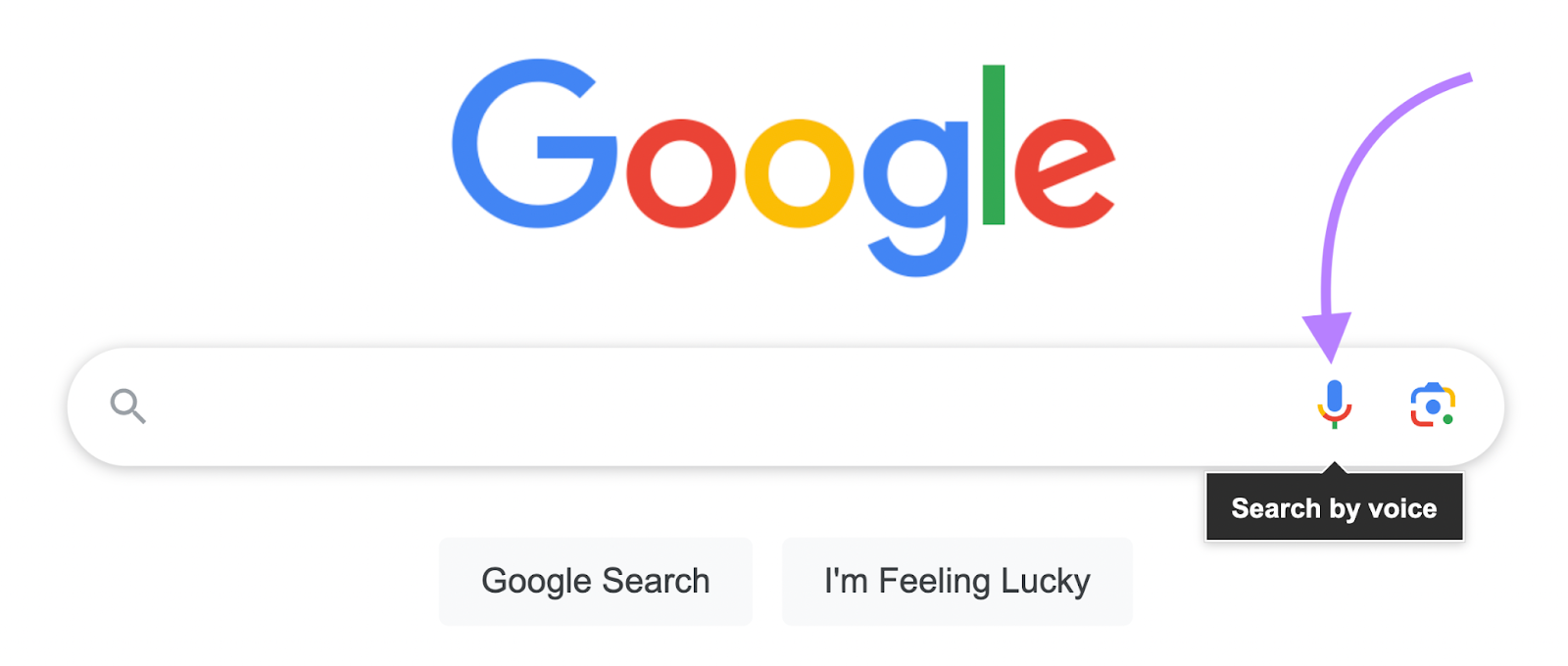
Visual Search
Google has introduced Google Lens, a feature that allows you to get details about your photos, objects around you, and image searches. These visual search and image recognition technologies will continue to grow and change the way customers traditionally search for products online. Currently, Google does not allow paid ads on Google lens, and there are no plans to make it an advertising platform. However, optimizing your photos and videos for visual search by making sure they are clear and direct can help promote your business through Google lens. Additionally, adding your business information to Google maps will make it easier to people to find you when using Google lens to search for things in their area.
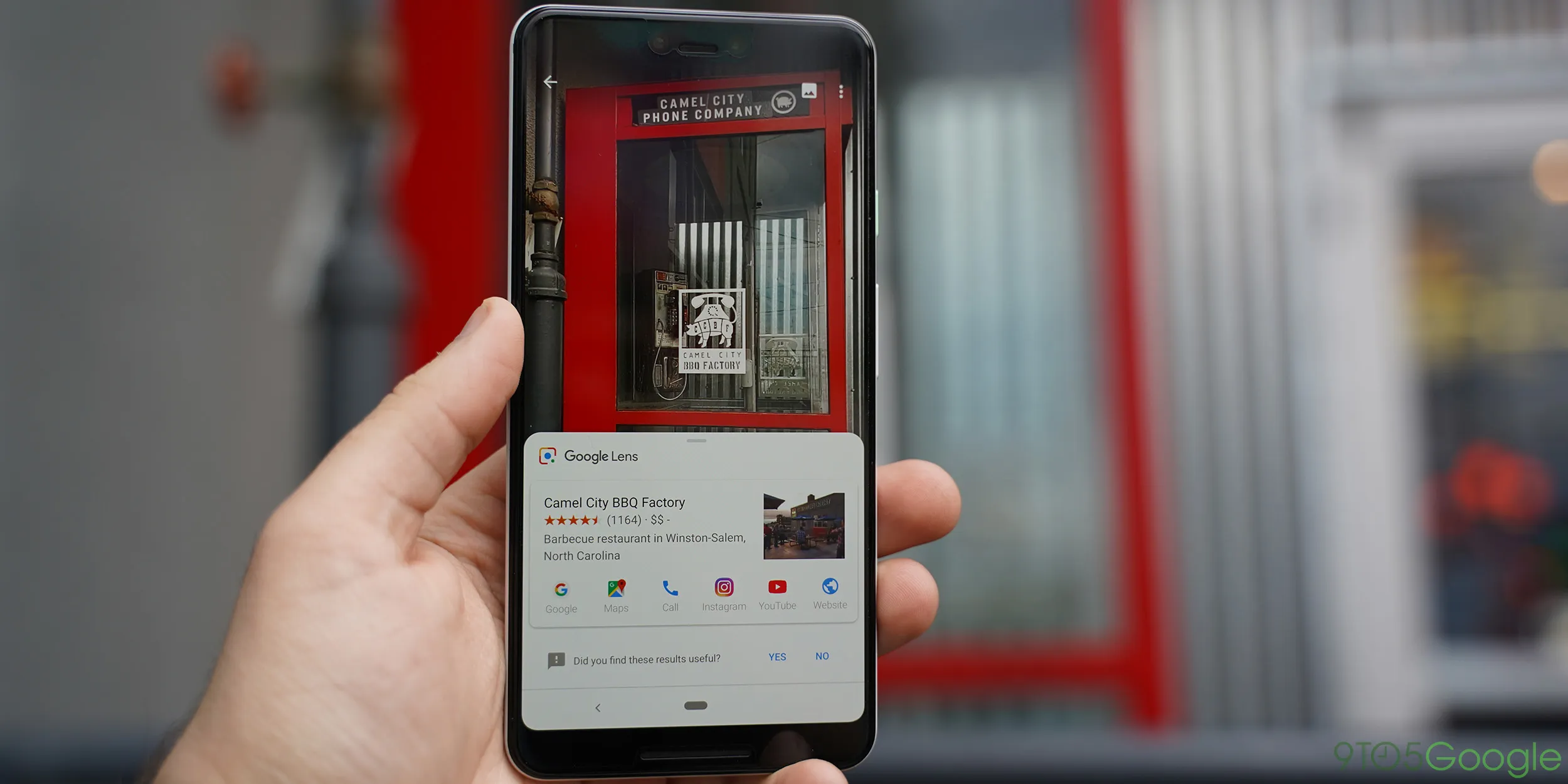
Understanding these new technologies and how they will change the future of Google can help put you ahead of your competitors. Understanding these features while staying ahead of trends like AI search and Google algorithms is important to stay competitive in the dynamic world of search engine advertising.
Share this post on your social profile:
Lauren is a student at Syracuse University majoring in Marketing Management and Finance. She is the head of marketing for multiple student organizations, and an active member in the Marketing Club and Slice Consulting. She is an Intern for YMC, focusing on PPC advertising and blog posts.
Want to get our blogs directly to your inbox?
Enter your email to sign up for our point of view on marketing trends, brand strategy, and sustainable business.

